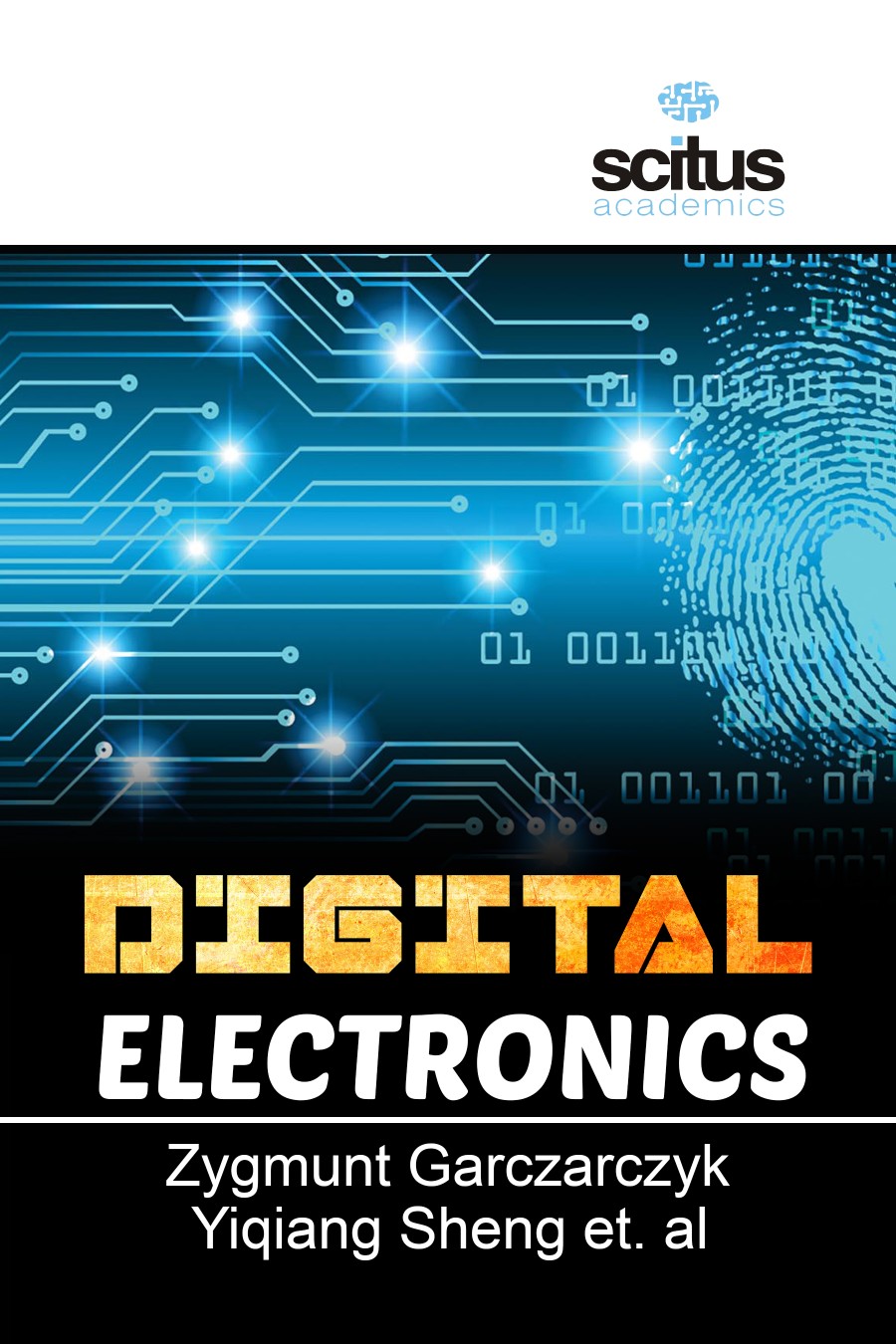The new technology advances provide that a great number of system signals can be easily measured with a low cost. Digital electronics techniques are most important in this current world; without digital electronics it is not possible to speed up our work. You can take a look of previous analog devices those are very slow and take lots of time to find out the result. Digital techniques are useful because it is easier to get an electronic device to switch into one of a number of known states than to accurately reproduce a continuous range of values. Digital electronics is vital for microprocessor & micro controller and also for computer architecture. So, any application which involves microprocessor or a computer has digital electronics in it. It can be security applications, error correcting & error detecting, power saving circuits etc.
Digital Electronics presents the comprehensive coverage on the most advanced digital electronics circuits including different case studies and the most relevant literature. It focuses on how networks of semiconductor devices such as transistors perform signal-processing tasks. The digital nature of electronic signals offers a convenient, compact and noise-free representation of information. Digital signals can be easily stored in an electronic memory and can be easily understood by digital microprocessors. This book sheds light on how to efficiently perform arithmetic operations with digital signals on a microprocessor, how to communicate data without losing information, and how to design a reusable reconfigurable digital processor. The sole purpose of introducing this book is because now days all the engineering streams are interrelated and the knowledge of Digital Electronics and real cases is very much essential for electrical Engineers and practitioners in this field.













